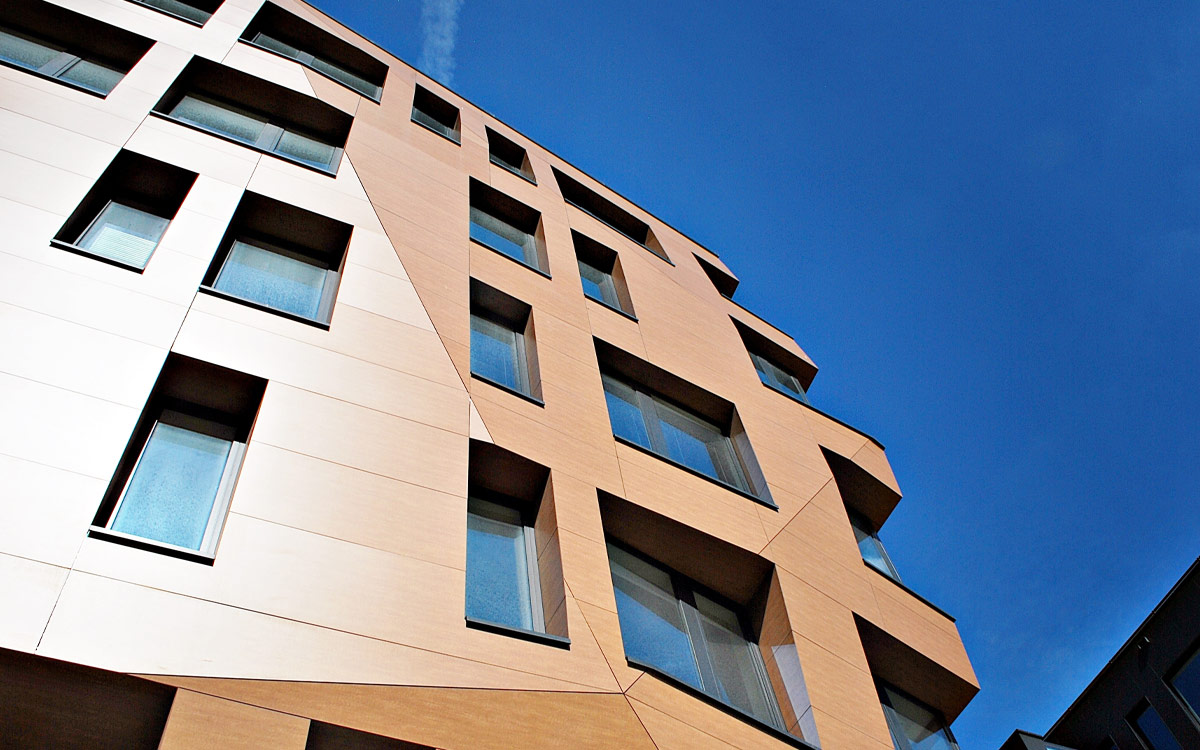If you are living in, or managing a block of flats with cladding deemed unsafe you are probably tearing your hair out that remediation work still hasn’t happened. From feeling unsafe, to being unable to sell your property or paying sky-high insurance premiums the ramifications for those affected can be huge. So why, when everyone is agreed that action is needed has progress been so slow?
The answer whilst complex and multi-faceted essentially boils down to difficulty agreeing exactly what needs doing and who should pay for it.
Breaking down blocks of flats changes post-Grenfell
Let’s start with the former and consider what needs doing? The Grenfell enquiry established that the type of cladding used was the primary cause of the fire’s rapid spread, however, what started as a focus on cladding, rapidly expanded into a wider building crisis as post Grenfell fire risk assessments exposed decades of regulatory failure. Our experiences, from an insurance perspective, back this up and insurer caution around blocks of flats is now as likely to be about flammable balconies, missing fire breaks or defective insulation as it is about cladding. When you then consider that building regulations are now far more stringent than when a block may have been constructed, it adds a whole new area of debate about what is rectification and what constitutes an improvement. So, when agreeing a scope of works there is often quite a gap between what strictly needs to be done and what a managing agent or residents committee would like.
Developers and the Need for Block of Flats Insurance
In this environment, it is no surprise that developers might dispute what works are needed and hence what costs they are liable for. The Government has tried to standardise the approach to building risk assessment with some official guidance known (unhelpfully) as PAS 9980. The challenge remains however that interpretation varies from one fire engineer to the next and unsurprisingly developers’ surveyors generally recommend far less extensive fixes than leaseholders desire.
Leaseholders and Blocks of Flats Insurance
So, as a leaseholder what can you do? As outlined above, the process to agree a scope of works and who is going to pay for it will involve lengthy negotiations. Appointing a knowledgeable and proactive property management agent will be key and your start point should be a good independent building survey. Regarding insurance, it is probably fair to say that the attitude to risk from the Insurers has probably swung too far post Grenfell, reflected in the high premiums many are forced to pay. Engaging with a proactive broker with expertise in blocks of flats (like Pelican) at the earliest stage possible will pay dividends. Insurers hate unknowns and if in doubt will quote high accordingly.
There are almost 1000 insurers in the UK with greatly varying appetites towards blocks of flats. We choose those with the best current appetite and engage them early with the risk – we encourage the underwriters to visit the properties and truly understand the individual circumstances of each block – the better they understand the risks the more competitive they will be. We have seen some dramatic reductions in premiums charged using this approach, so do push your broker to go the extra mile or of course give the friendly team at Pelican a try!
Talk to our friendly and very knowledgeable team here at Pelican at office@pelicaninsured.co.uk or call 0333 091 2730.






